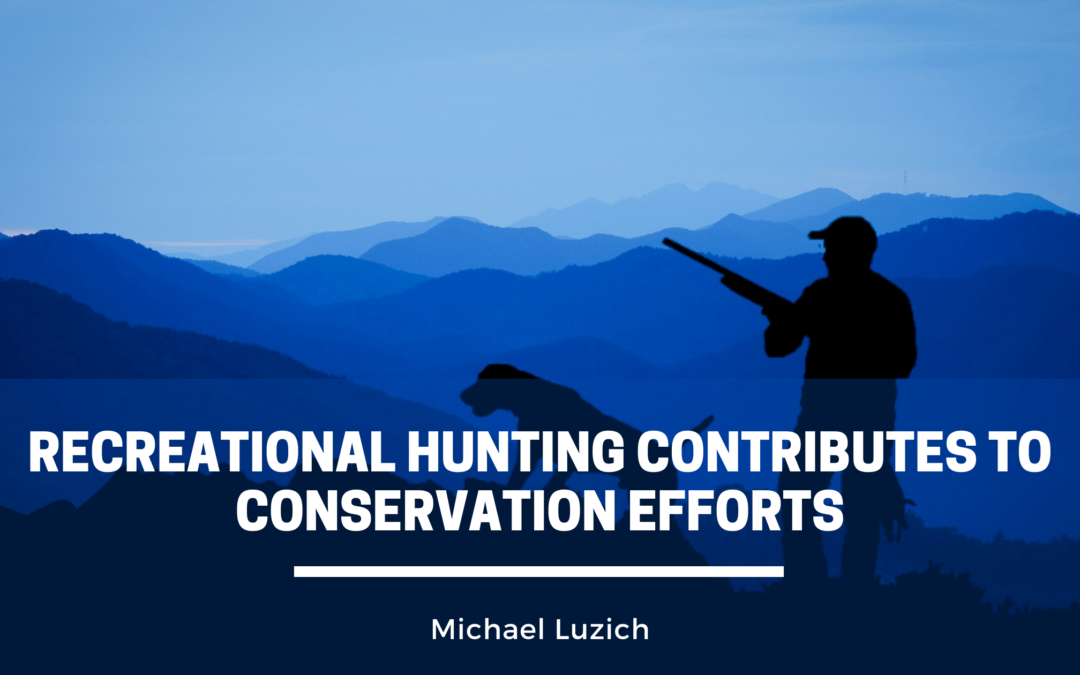Conservation is about protection—maintaining the natural balance of ecosystems while creating sustainable practices that ensure our environment’s longevity and good health. And while many believe conservation means removing humans from nature to preserve it, the truth is more complex.
Because humans and nature are inextricably linked, the real aim of conservation is to facilitate their co-existence. Nature and the environment must thrive alongside mankind, rather than being separate from it. For conservationists, this means developing ways to sustainably hunt, log, mine, and use other natural resources while minimizing environmental harm.
Hunting is an especially important part of conservation. While some see it as a destructive practice, responsible hunters actually promote biodiversity by maintaining the balance in animal populations and funding crucial conservation initiatives. This post explains how recreational hunting helps conservation efforts and protects today’s resources so that future generations can still benefit from them.
Recreational hunting balances unstable animal populations
Those opposed to hunting might ask: how can hunting something help conserve it? To understand conservation through recreational hunting, it is important to recognize the difference between individual animals and entire animal populations.
When predatory species become endangered or go extinct, species of prey that were once managed by predators flourish. An individual deer might not cause harm to the environment, but hundreds of thousands of deer can and will: loss of undergrowth and brush as a result of feeding can mean the extinction of animals that make their homes and nests in the wild.
For these reasons, it becomes necessary to control deer populations to protect other species from being overwhelmed. There are many such species that require population control; for example:
- Australia: kangaroos
- China: dogs
- United States: white-tailed deer
- Worldwide: jellyfish
- England: badgers
- Canada: cats
- South Africa: elephants
- Argentina: beavers
- India: monkeys
The ultimate goal of recreationally hunting these species is to ensure their numbers remain balanced with the environment in which they live for generations to come.
Recreational hunting funds conservation initiatives
Conservation and preservation are not inexpensive: in large part, that bill is paid for by hunters. Through hunting taxes, tag registration, equipment purchases and other expenditures, hunters pay directly toward services to protect our air, plants, trees, animals, and the environment.
Hunters’ funds also go toward other green initiatives: scientific studies of species, research on addressing current environmental issues—such as climate change, and more.
How much conservation money does hunting raise? In some states, hunters raise as much as 50 percent or more of all funds spent on conservation, amounting to hundreds of millions of dollars on a US federal level, a number that continues to grow each year.
Recreational hunting: powerfully effective when aligned with conservation
Recreational hunting often gets a bad reputation due to overly-zealous and poorly-informed people who call themselves “environmentalists,” as well as a few high-profile bad actors who make headlines for improper hunting practices. The truth, however, is that the majority of hunters are not destructive opportunists. They are, in fact, stewards of our environment.
More than any other civilian population, hunters are committed to both funding conservation efforts and controlling invasive or overpopulated species that could, left unchecked, potentially wreak havoc on the environment. In doing so, they help maintain and preserve a world we, our children, and their children, can continue to enjoy.

